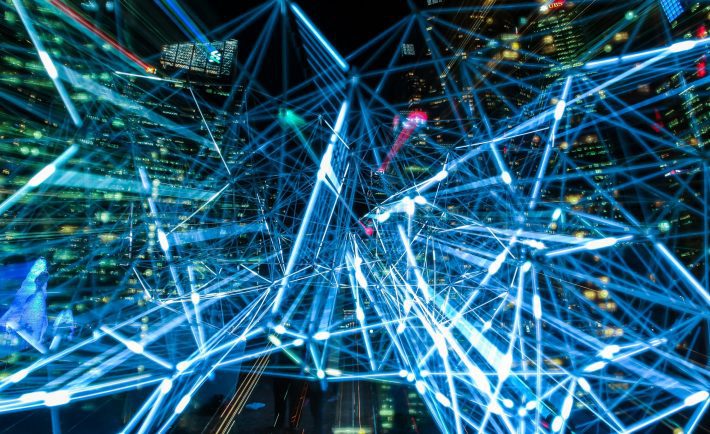
You’ve clicked on this article because you’re already confused about the title. You thought that artificial intelligence and machine learning were the same things, right? It’s an easy mistake to make, particularly when the two terms are often interchanged with one another or used to describe similar things. Truthfully, unless you work in the tech sector, you probably don’t know the differences between these two technologies.
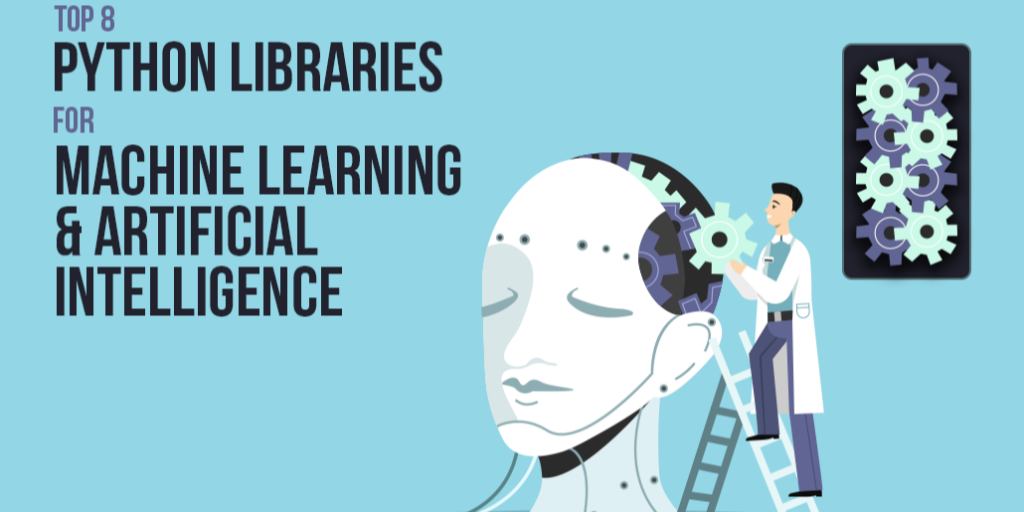
Look around you, and you will see both AI and machine learning in action. In fact, you’re probably seeing both happening right now as you use whatever device you choose to read this on! They are highly popular and advanced technologies that work together to deliver impressive results. Both are seen in many businesses, which is why they often get mixed up. Hopefully, this guide will clear up some of the common misconceptions and teach you the difference between AI and machine learning.
What is Artificial Intelligence?
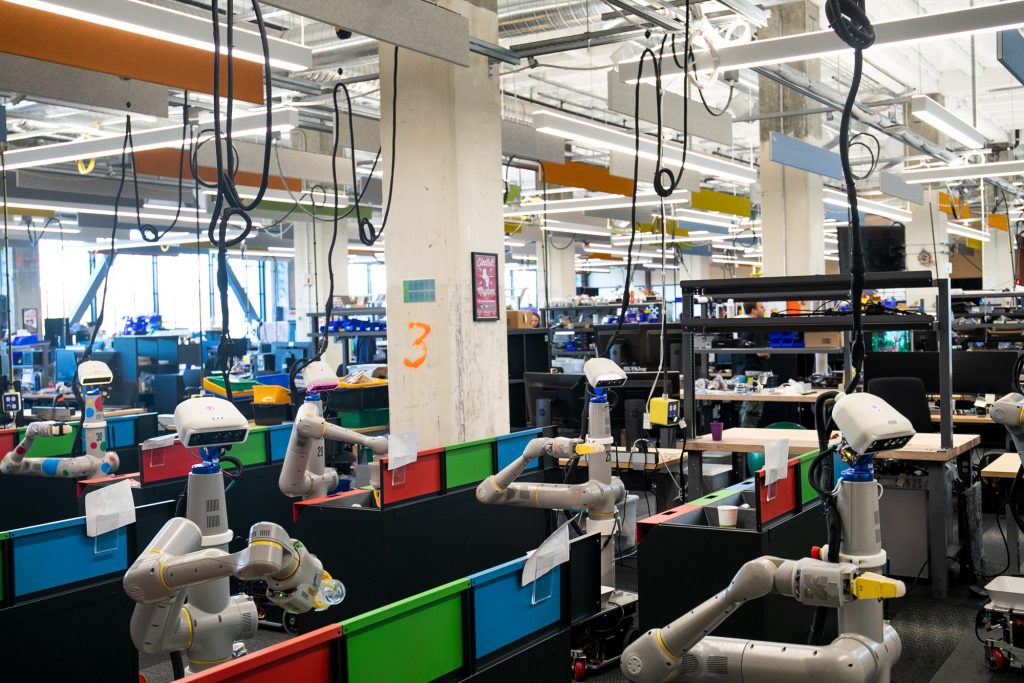
We’ll begin with a definition of both technologies, starting with AI. Well, as the name suggests, we’re talking about technology that’s designed to be smart. In fact, the definition of AI is that it’s a technology designed to perform tasks usually completed by intelligent beings.
Basically, the easy way to think of it is that it simulates human behavior. A great example of this is a virtual assistant like Siri. When you ask Siri a question, it responds with an answer, much like a human being. That’s the key thing to remember with AI – it’s about replicating human intelligence within technology.
What is Machine Learning?

Now, AI can exist on its own, but machine learning can’t exist without AI. In essence, it’s a subset of artificial intelligence, which is one of the main differences. To understand what this means, we should look at what machine learning is and why it is used.
It’s genuinely more straightforward than you think. All you have to do is look at the name; machine learning. Here, a machine is designed to learn – that’s it! How it does this is another story. In fact, this is where AI comes into play. Machine learning works by using artificial intelligence to learn certain actions based on history.
The most common example of this is probably advertising services using online cookies. Essentially, the software is built that takes information and stores it, which is what a cookie is. Then, it produces relevant adverts for internet users based on their search history. So, if you search for shoes all the time, you will get adverts relating to shoes. The system has learned your preferences and displays them to you.
Machine Learning is more specific

A big difference between artificial intelligence and machine learning is that machine learning is more specific. AI focuses on a grander scale of things. Effectively, the purpose of AI is to make pretty much any piece of technology think like a human. This way, you can get lots of tasks done without relying on human beings to do anything. A good example of this is how you collect data from a website. It’s done using software that can think like a human and sort the relevant data into different sections then produce a report that displays all the information for you. Instead of a human going through and analyzing all of this, it’s done in an instant.
On the other hand, machine learning focuses on more specific tasks. To explain this, we can look at LinkedIn and the platform put in place by Deepak Agarwal on the website. He developed a machine learning platform that focused on one key task – connecting people to one another. Ultimately, this revolved around extracting data from users, then pairing people with others that have similar interests or work in relevant fields. For example, if you state that you work in the IT industry, you’ll get networking suggestions pointing you to other people within the industry. AI is used to extract the data, but machine learning uses it and completes the task.
Therefore, one way to remember the differences between AI and ML is to think about specificity. If something works on a grander scale, it’s probably AI. If you see technology performing a specific task, this is machine learning.
AI cares more about success
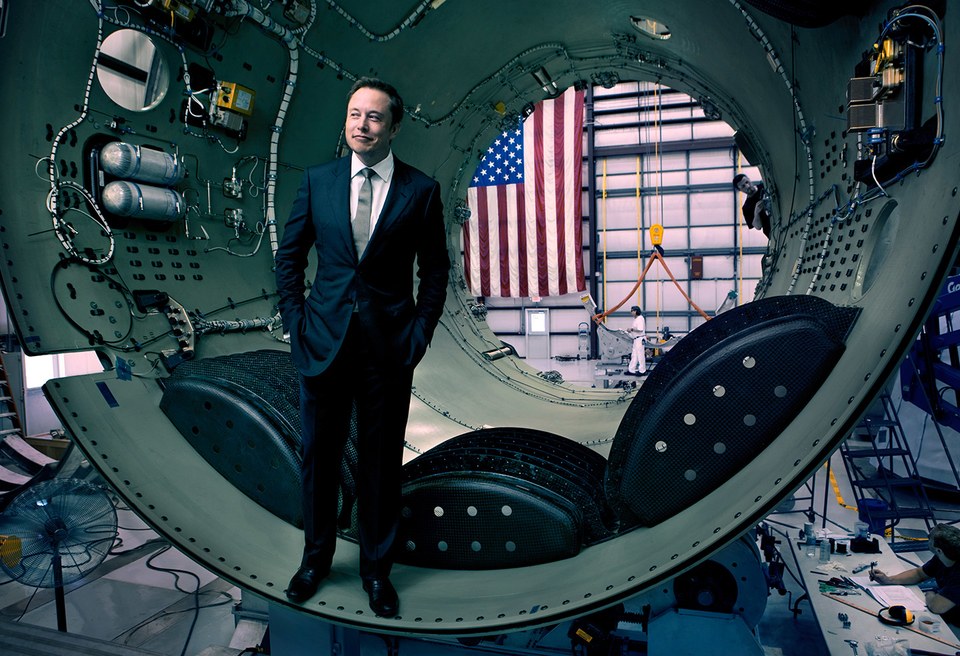
Artificial intelligence focuses on the idea of improving the chances of success. The aim is that you can speed up processes and complete tasks quicker than without AI. The previous example of getting data from a website to view your analytics perfectly encompasses this.
What about machine learning? Well, ML is more about accuracy and finding patterns. Its aim is to figure out how to respond in the most accurate way possible. To do this, it relies on patterns within data. If you need help visualizing this, go to your Facebook or Instagram page and tag a friend in a post/photo. You’ll notice that suggestions pop up before you type someone’s name in. This is machine learning at work! It has identified patterns that suggest you always tag certain people in posts or photos. So, these are the first ones you see, making it easier to tag who you want.
Think about it this way, when it comes to accuracy, machine learning is responsible for making things work.
Conclusion
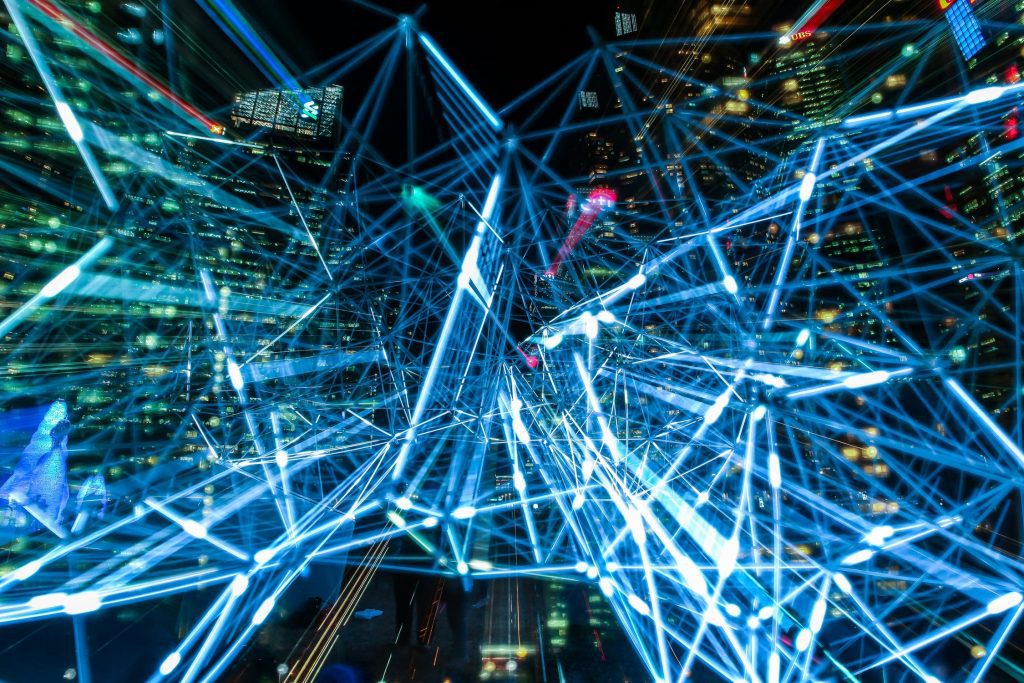
Here, we have two things that seem very similar but have a few key differences. My advice is to think of AI as the big daddy or the mother. Then, machine learning is like a child, seeing as it’s a subset of artificial intelligence.
As a recap, AI is a technology designed to mimic human intelligence. Machine learning is a technology that learns from past actions to provide accurate output. Artificial intelligence has a much wider scope and can be used for lots of different things. Machine learning has a more confined focus on specific tasks within larger systems.
Hopefully, this explains most of the differences and similarities between these two technologies. You see a lot of them in this day and age, particularly within businesses. This should help you understand what people are talking about when they speak about AI or machine learning.




